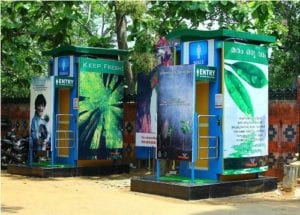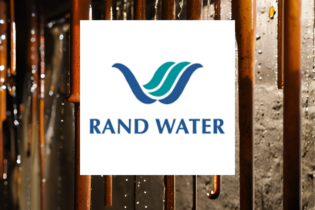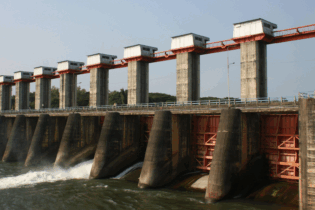Sixteen sanitation innovations from across the world are being funded by the Bill and Melinda Gates Foundation. The aim is to generate ideas for sustainable sanitation for the 2.5 billion people worldwide without access to safe or affordable sanitation. These innovations include a waterless toilet powered by the sun and a toilet that uses water from air.
Waterless toilet The waterless toilet uses concentrated solar energy to turn human waste into biochar. According to Karl Linden, the project’s principal investigator and a professor of environmental engineering at the University of Colorado in the United States, biochar is very valuable. Because of its good water-holding capacity, it can be used on farms to hold in nutrients and bring more stability to soils. It can also be burned to extract energy. The current prototype can serve four to six people a day; however, design is underway on a larger facility that could serve several households. The target is to keep the costs of using it at the Gates Foundation’s limit of no more than five cents per person per day.Electronic toilet
The electronic toilet, or e-toilet, will use water generated from the atmosphere. The stand-alone toilet will not require grid electricity or any external water source. Kerala-based Eram Scientific Solutions’s design uses an atmospheric water generator. The water generator draws water vapour from the air to generate water for use in the toilet. In coastal states where humidity is high it could produce up to five litres of water an hour. Approximately 400 prototype e-toilets have already been deployed at select sites in Kerala and six other states in India.







